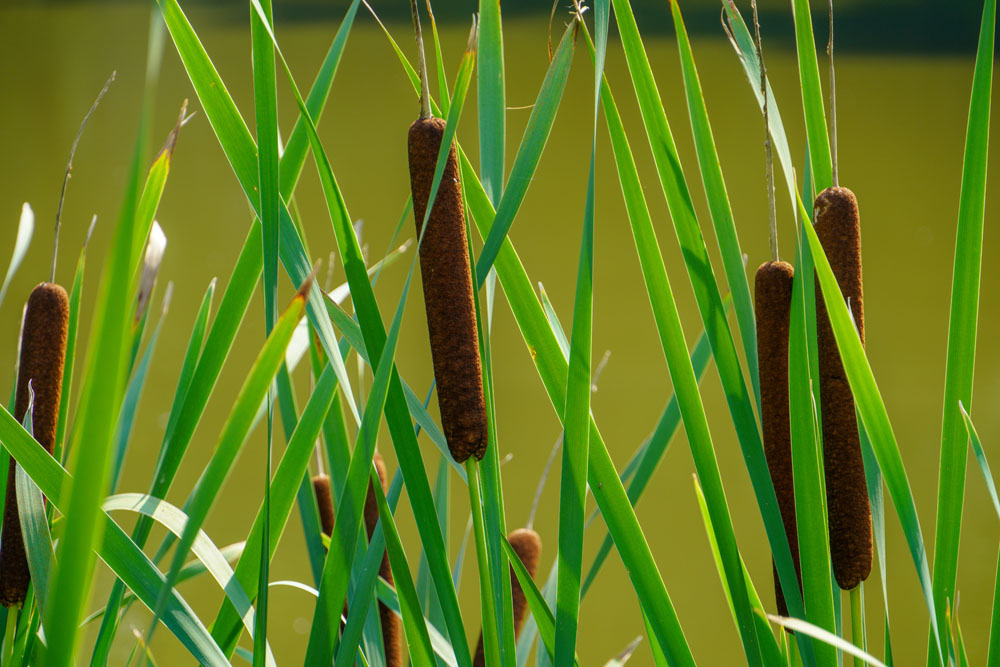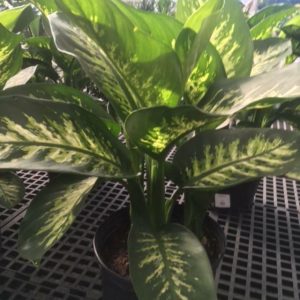Description
Typha – Cattail – Bulrush – Reedmace –
There are 10-15 very similar monoecious, marginal aquatic herbaceous perennials in the Monogeneric family, in this genus. They naturally occur in temperate and tropical regions worldwide. They form dense, robust stands of vegetation around lakes and large ponds. Thick rhizomes spread in shallow water, producing long, linear, mostly alternate, spear shaped basal leaves and poker like brown flower spikes, borne among the foliage but overtopped by the leaf tips. Clusters of male and female flowers are produced on the same spike. Cattails are usually suitable for planting only around a large wildlife pool, where deep water prevents their spread, T. minima is the only species suitable for a small pool or barrel. They are invasive in earth bottom ponds. The flower spikes are used in dried flower arrangements.
Grow in water to 12-16″ deep, with ample space and depth of mud for the root system. Thin pond liners may be punctured by the rhizome tips of larger species.
Prone to spots on culms and leaves can occur.
T. laxmannii – Graceful Cattail – This aquatic herbaceous perennial from Eurasia grows 3-5′ feet tall and 18-36″ wide. It produces green linear leaves. Bears yellow (male)) and green (female) flowers July-November. Catkins grow to 3″ long. May be invasive, but is attractive to insects and birds. Suitable for bogs and water gardens.





